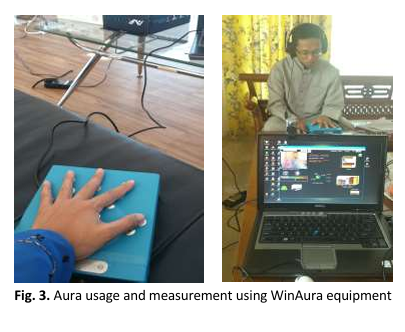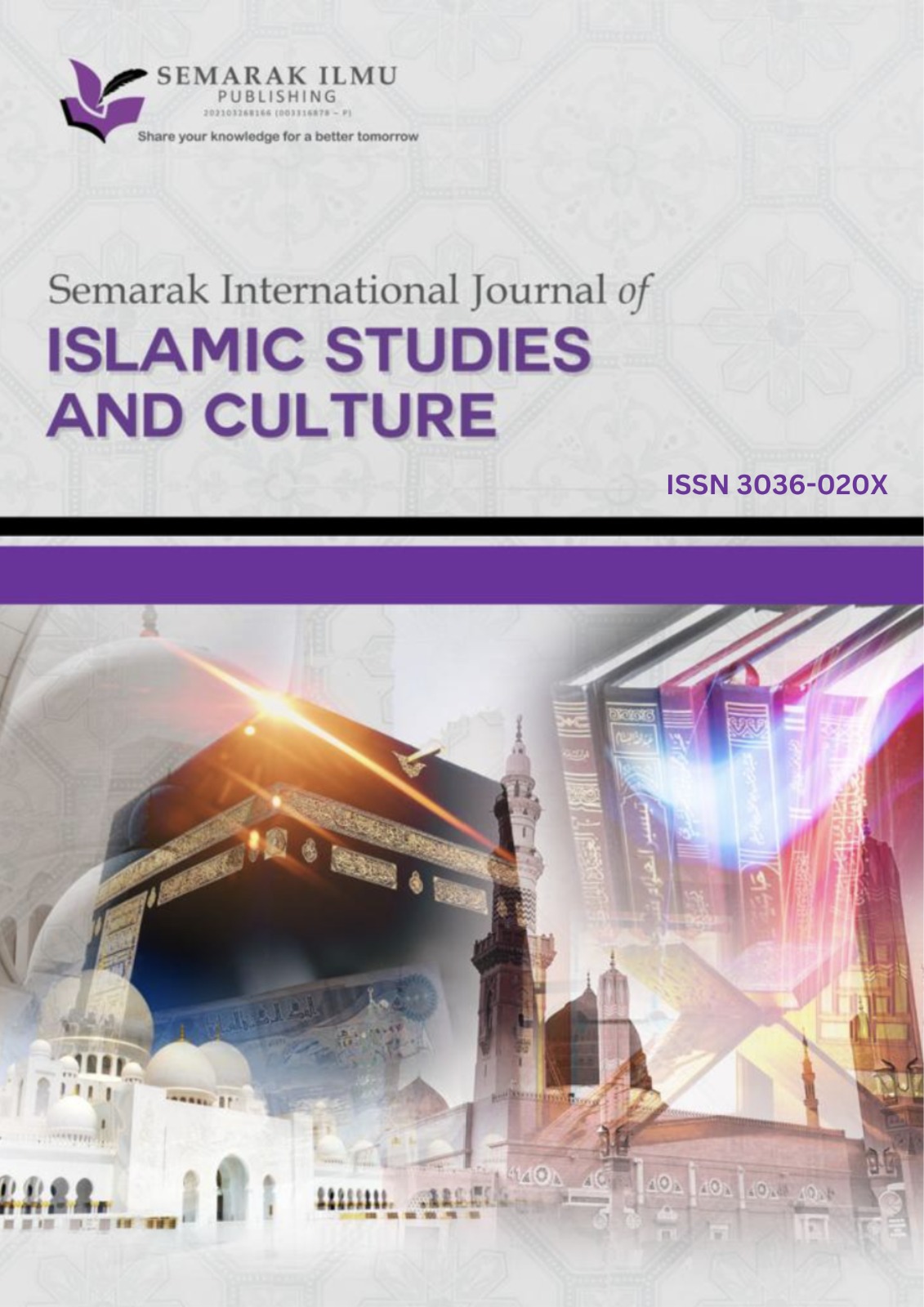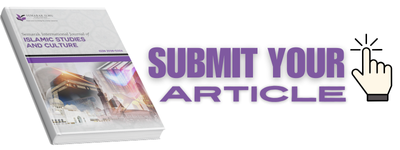The Scientific Evidence of Quranic Energy on Humans Based on Aura Color Spectrum Technology
DOI:
https://doi.org/10.37934/sijisc.5.1.1424bKeywords:
Al-Quran, aura, Al-Fatihah, Yasin, biofeedback, experimental psychologyAbstract
The Quran has always been regarded as possessing good energy. The sound waves produced during the reciting of the Quran possess certain frequency and wavelength characteristics. Nonetheless, the authentic vitality of the Quran has yet to be properly substantiated. The main objective of the research is to scientifically validate the energy derived from the Quran (Surah Al-Fatihah and Surah Yassin) via the analysis of the Aura color spectrum. The research undertaken was a quasi-experimental study using a pre- and post-test methodology. The research participants were randomly chosen using a purposive sample approach based on certain criteria: individuals aged 20 to 40 years, representing diverse ethnicities, who were neither students nor previous tafiz pupils, and neither recitation instructors. The research participants were categorized into two groups: one including 15 Muslim respondents and the other consisting of 15 non-Muslim respondents. The used research apparatus was the WinAura biofeedback device. The alteration in aura hue among respondents during Quran recitation was assessed by variations in the body's electrical levels using WinAura biofeedback apparatus. The intervention administered in this research was listening to the recital of Surah Al-Fatihah and Surah Yassin. The experimental approach included responders listening to the recital of Surah Al-Fatihah and Surah Yassin. The Aura color shift was measured as the respondents listened to the surahs. The aura hue shown by the WinAura apparatus reflects the authentic energy. The study's findings indicated that the Aura of Surah Al-Fatihah was seen as green by both Muslim and non-Muslim respondents. The color green signifies healing. The aura hue for Surah Yasin was blue for the Muslim respondents and orange for the non-Muslim respondents. The blue hue signifies peacefulness and faithfulness to Allah. The color orange signifies generosity and enthusiasm. This research concludes that the real energy of the Quran may be scientifically validated by biofeedback devices that assess changes in the body's electrical levels during the recitation of Surah Al-Quran.










